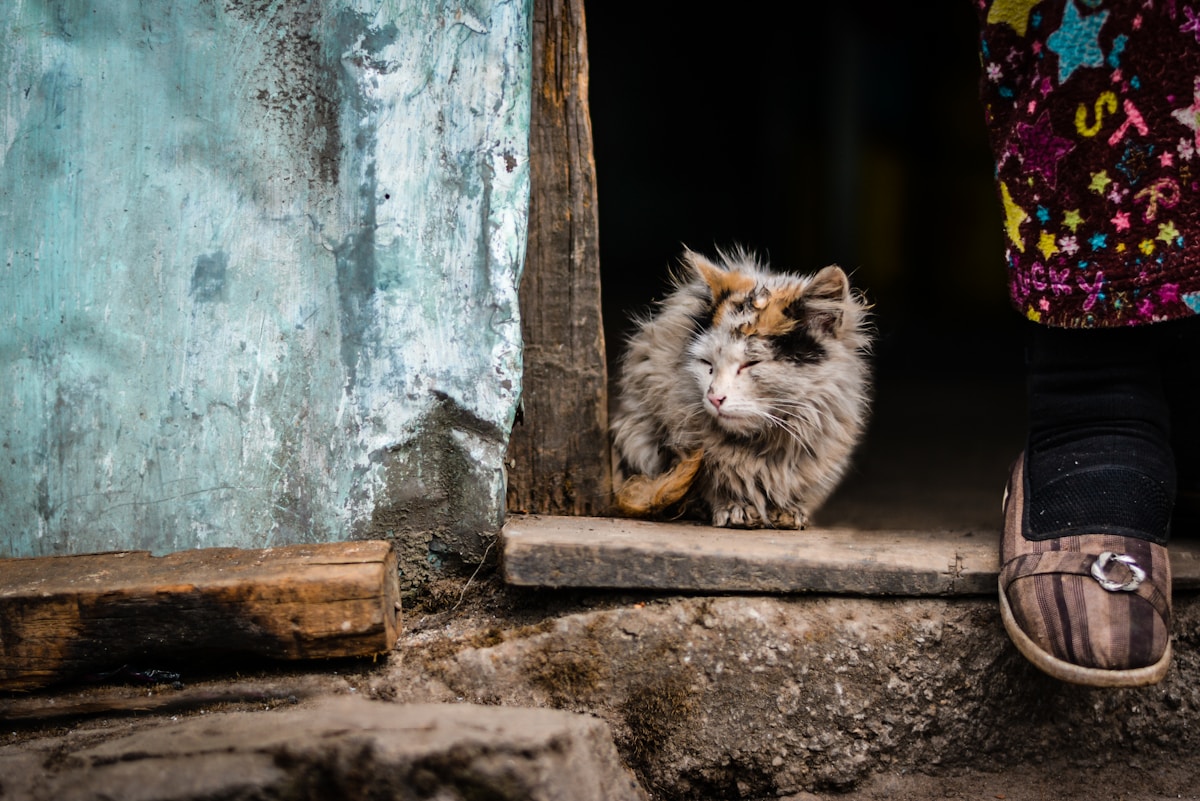Photo by Mikhail Vasilyev
The topic of TNR and local ordinances is very tricky. Often good natured community members push for legislation protecting TNR but inadvertently put both cats and community caretakers at increased risk. The language used in the ordinance must be carefully monitored. A vague definition of "owner" can lead to community caregivers being legally defined as owners to free-roaming cats just by providing them with food and water. Best Friends Animal Society explains that "If legally construed as an 'owner,' a caregiver who manages a large colony may find himself or herself in violation of restrictive pet limits and cost-prohibitive cat licensing requirements. Of equal concern, caregivers who are deemed owners may be in violation of running-at-large provisions, despite the fact that the cats were at-large when the caregiver first began caring for them."
"...Caregivers who are deemed owners may be in violation of running-at-large provisions, despite the fact that the cats were at-large when the caregiver first began caring for them."
In addition, ordinances which require FIV testing for TNR cats can be an unnecessary death-sentence for many cats. If the protocol for a positive FIV test result is euthanasia, think twice before including this verbage in your local ordinance. Cats with FIV can live long, healthy lives and it is no longer considered a death sentence.

Photo by Mukesh Jain
A properly-crafted ordinance will set realistic standards for TNR and define responsibilities for individuals vital to the TNR process. Best Friends Animal Society explains that the ideal ordinance will also "insulate community cats from licensing requirements, feeding bans, pet limits or other punitive laws that often impede the progress of sterilization efforts and public health protection."
A local TNR ordinance should inspire the community to help the cause and also ensure that caretakers and cats are not punished. TNR ordinances, when executed properly, add credibility to trap-neuter-return programs and increase the likelihood of grant funding for your local program.